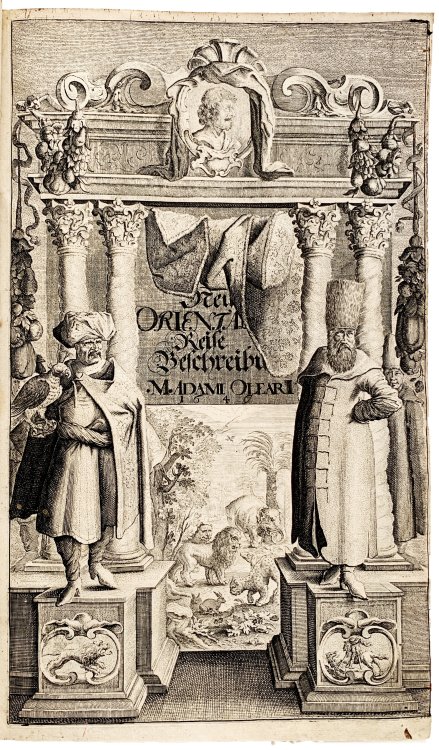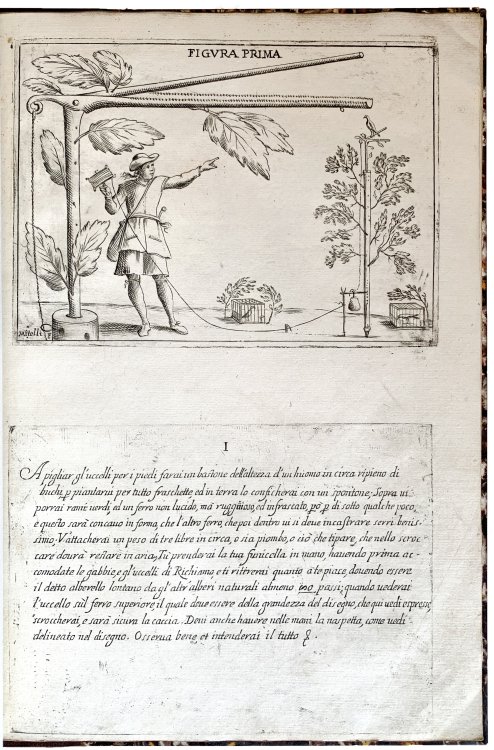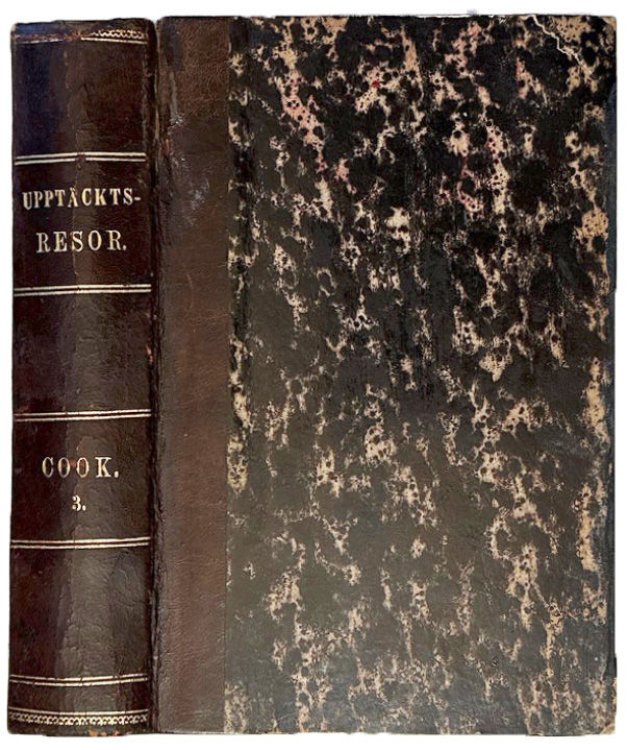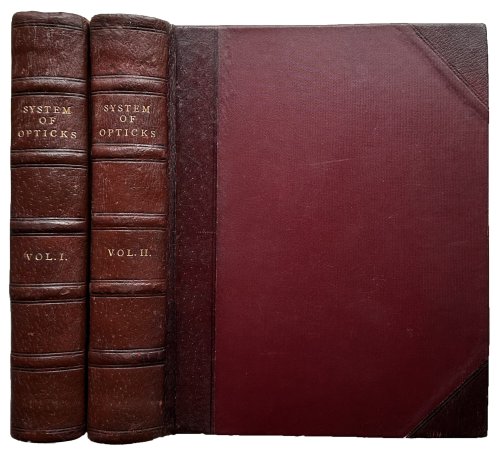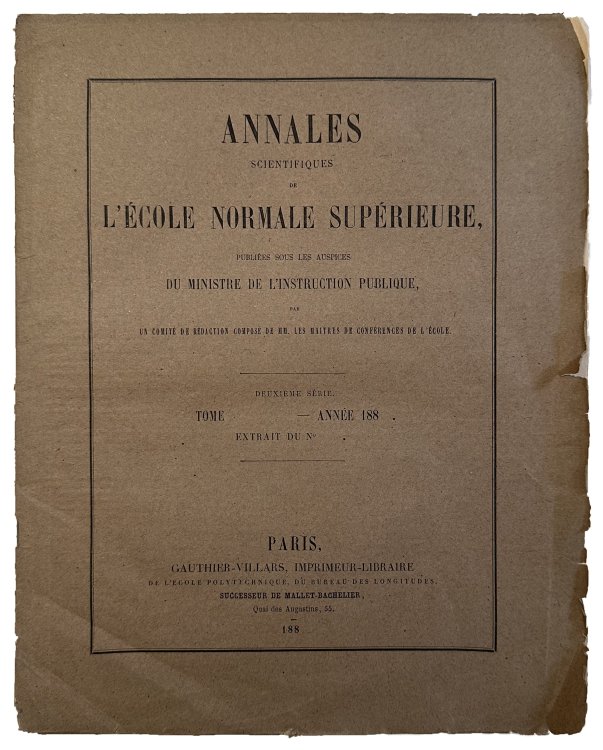
Recherches sur l'Ozone.
$45.00 USD • Used
Series: Annales Scientifiques de l'Ecole Normale Superieure. 4to. pp. 55-84. 7 figs. Original dark brown printed wrappers; worn. Good. Rare. "Study of the preparation of ozone by means of electric...
Store: JeffWeberRareBooks [View Items]
Series: Annales Scientifiques de l'Ecole Normale Superieure. 4to. pp. 55-84. 7 figs. Original dark brown printed wrappers; worn. Good. Rare. "Study of the preparation of ozone by means of electric effluves. At high temperatures, the transformation of oxygen into ozone and that of ozone into oxygen probably obey the laws of dissociation of homogeneous systems, as M. Troost and one of us pointed out in a Communication to the Academy of Sciences on bodies likely to occur at a temperature superior to that which determines their complete decomposition." / At the French Academy in 1880, Hautefeuille and Chappuis announced that they had liquefied ozone. "At intermediate temperatures, the decomposition of ozone was considered to be complete; it was slow at ordinary temperatures and rapid at about 250 C. Reversibility, the necessary and sufficient physical condition limiting the changes of state, was not observed in ozone at these temperatures. Accordingly, its instability was comparable to that of hypochlorous acid or of nitrogen chloride vapors. Although the heat necessary to form these explosive compounds could only be obtained from a simultaneous secondary reaction, the allotropic transformation of oxygen could be carried on by electric emanation alone. The electrifying act placed, momentarily, the oxygen in similar conditions to those of compounds able to combine directly or polymerize under the action of heat." / "It was accepted that the pressure and temperature affected the proportion of ozone formed in oxygen. No quantitative data were available on this matter; although it was possible to vary and measure the pressure at will, it was not the same situation for the temperature of the gas during the formation of ozone. This fact made difficult the research on the subject. In their experiments, Hautefeuille and Chappuis used the apparatus designed by Marcelin Berthelot (1827-1907) for submitting a given volume of a gas to the action of an electric emanation (Berthelot, 1877). They presented their results in table giving the partial pressure of ozone and the weight proportion of ozone in the mixture, for pressures varying between 760 and 180 mmHg and temperatures varying between -23 and 100 C. The table showed that the transformation pressure changed very rapidly as the temperature was lowered; for example, it was about double when going from 20 to -23 C. The results plainly showed that the transformation pressure was not function of the temperature alone; it noticeably depended upon the pressure. Interestingly enough, the results indicated that the volume fraction of ozone in the product was almost independent of the pressure within ample limits; a fact that pointed to the analogy between the allotropic transformation of oxygen under the action of electrical emanations to the thermal dissociation of gaseous compounds (e.g., hydrogen iodide and hydrogen selenide). At temperatures above 0 C, the ozone proportion was the maximum for 0.5 atm; increasing the temperature decreased the percentage of ozone." Jaime Wisniak, "Four Brilliant Students of Henri Sainte-Claire Deville 3. Paul Gabriel Hautefeuille". Educacion Quimica, Vol. 25. Issue S1, pages 170-283 (July 2014). / Paul Gabriel Hautefeuille was a French mineralogist and chemist. He "carried on a large number of significant researches, alone or with Deville, Troost, Chappuis, and other colleagues, in the areas of mineralogy, crystallization, synthetic reproduction of natural crystals, allotropy, combination of hydrogen with sodium, potassium, and palladium, ozone, its properties and liquefaction, dissociation, conversion of cyanogens into paracyanogen and cyanic acid into cyanuric acid, and phosphoric acid, phosphorus, and phosphates." / Louis Philibert James Chappuis was a French chemist and physicist. In 1881, he was appointed as Professor of Physics at the Ecole centrale des arts et manufactures, and attained the doctoral degree in 1882 with a thesis on the spectroscopy of ozone. "Chappuis was the first known researcher to find that ozone was responsible for giving light that passes through it a bluish tint. He attributed this to absorption of yellow, orange, and red light by ozone. Ozone in the upper atmosphere, where pressure and temperature are low, is hence an important element for the blue color of the sky. This effect is known today as Chappuis absorption. In 1882, Paul Hautefeuille and Chappuis published the results of laboratory experiments showing that ozone could be purified and condensed to a deep blue liquid at temperatures under -112 degrees Celsius." Wikip. / Louis Philibert Claude James Chappuis was a French chemist and physicist. Chappuis was the son of philosophy teacher Charles Chappuis (1822 1897, lived from 1845 to 1869 in Besan on) and Louise Lydie Berthot (died 1909), a granddaughter of Nicolas Berthot, a mathematician in Dijon. He attended schools in Besan on, Caen and Grenoble. He enrolled in the Ecole normale superieure (ENS) in Paris in 1874, then worked as a physics teacher at Montauban in 1877, and at Poitiers in 1878. He returned to Paris and was a Ma tre de conferences at the ENS from 1878 to 1882, passing the Agrege in 1879. In 1881, he was appointed as Professor of Physics at the Ecole centrale des arts et manufactures, and attained the doctoral degree in 1882 with a thesis on the spectroscopy of ozone. He led the research laboratory of the Societe du Gaz de Paris.
Product Info
Publisher: Gauthier-Villars, 1884.
Year: 1884
Type: Used
Binding: Softcover
Seller Info
JeffWeberRareBooks
Address: Place Pury 9 Neuchâtel,
Website: https://www.weberrarebooks.com
Country: Switzerland



